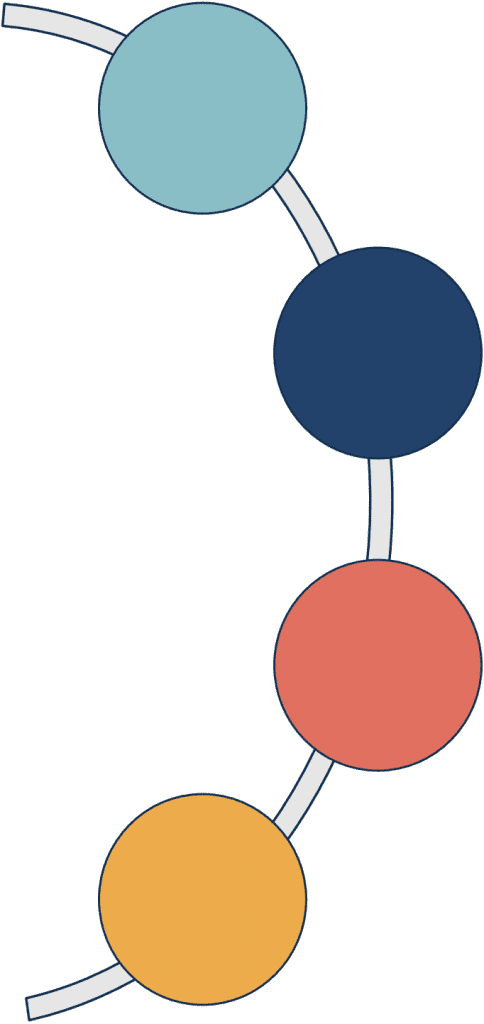Results
Integration of NTD Control Campaigns with Other Health Interventions
An Exploration of Potential Integration of Neglected Tropical Disease Control Campaigns in Two Districts of Uttar Pradesh, India
Results
Political and administrative support is in place for collaborative planning of campaigns. The team found strong motivation across stakeholders at all levels for integration of campaigns based on need and feasibility, and to reduce repetition of vertical campaign activities.
The National Health Mission provides a collaborative planning platform among personnel responsible for organizing health campaigns and developing guidelines. The Dastak campaign was viewed as a suitable delivery platform for integration given its demonstrated success in reducing the incidence of JE, as well as in integrating other disease activities.
This study also determined that selection of campaigns for integration is dependent not only on the local epidemiological need but also on the capacity and training of implementing health workers.
Enabling factors
- Coordination and teamwork
- Adequacy of infrastructure for service delivery by ASHAs, seamless flow of funds and logistics
- Good relationships of government and international NGOs
- Community-level use of technology such as Zoom for real time monitoring, supportive supervision, and problem solving
- Involvement of the Pachayati Raj (system of local self-government of villages in rural India)


Key Findings

- There is strong motivation for collaborative planning and integration of campaigns.
- The Dastak campaign is a suitable platform for integration of NTD campaigns.
- Human resource capacity and training as well as local epidemiological need should inform which campaign activities are integrated.
- Use of technology has improved efficiency of the campaigns, as shared by the block officials – prompt information sharing with ASHAs and volunteers participating in the campaign, supportive supervision and problem solving.
Challenges
Challenges Faced
- COVID-19 and natural disasters such as floods posed challenges to delivery of campaign components; study activities and campaigns were delayed by the pandemic.
- The concept of ‘integration of campaigns’ was perceived differently by different stakeholders.
- Dependence on ASHAs as points of service delivery: they are overburdened, and concerned about decreased/delayed incentives due to integration.
- Training ASHAs for different components of integrated campaigns is a relative weak spot.
- Pockets of community resistance to certain campaign components (e.g., antifilarials).
Mitigation
- Campaigns must be designed according to local epidemiological needs and other locally relevant resources and health system characteristics
- The integration process can vary across campaigns and districts within the same state.
- Capacity building of the districts has to be achieved to conduct needs assessment, collaboratively plan, implement, and monitor integrated campaigns.
- The integrated campaign must be planned well in advance and piloted on a limited scale.
- Training of ASHAs who deliver campaign activities must be conducted systematically; a single, harmonized training manual in local language should provide details of integrated campaign activities.
- ASHAs should receive support for technical issues, real time supervision, security, and incentives.
- In addition to rigorous monitoring, the integrated campaign delivery should be evaluated for relevance, coverage, efficiency, and effectiveness.
